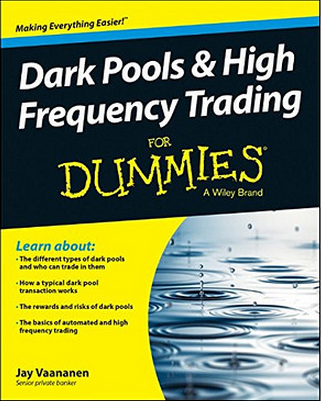If by backtesting you mean resubstitution error isn't it trivial? Just throw a bunch of random predictors into a regression, make sure you have roughly the same number of predictors as historical data points and boom you have a perfect model on historical data that is totally useless for the future.
I admit it gets harder if you enforce other constraints like parsimony, or that each predictor variable has a logical role to play, or you do backtesting in different manner (with holdout sets/cross-validation etc). But it's not impossible and actually quite likely when you consider how many people are trying to develop their own prediction scheme.
Well lets back off just a moment. First, let's agree to have a nice friendly discussion. I'm not in teaching mode here and am very willing to learn a new trick (old dog here). I'm not trying to change people's investing approach as
buy-hold is a great choice and I agree that
risk aversion should be covered in the AA.
Just referring to stuff I've explored and have no plans to disseminate other than what I've mentioned. Below I've tried to somewhat address the items (above) in
blue but I don't know what the items above in
magenta refer to.
Second, there is
no predicting going on by me. There is only a potential model triggered movement from equities to bonds based on a trend which
may or may not turn out to continue forward. This is an important point I think. If the backtest carries forward then one is hoping that 90 years of historical testing will carry forward to at least the next data point (the next month). There is always a point where trends end.
If the model is a decent one, there are very few losses from sell to buy back over some months versus buy-hold. All moving average approaches I've seen do not pass this test. Also if the model is a decent one, there are very few sell-buy pairs. Maybe one every 4 or 5 years.
There is definitely always a risk that history does not prepare us for a much rougher ride. Buy-hold also has this issue. After all, in an alternate history we would be still going downhill from March 2009 and we'd all be scared and questioning our investment approaches.
So again, I do not see this as a "prediction scheme".
On what I think is a more minor point, what I've used is primary data like:
1) SP500 + dividends, French-Fama data too
2) Treasury data on yields (3 month, 5 year, 10 year)
3) PE10
So I have not used a humongous number of weird data that would not pass the smell test. Also the model is not based strictly on price movement of the SP500 (charting).

 ....
....

